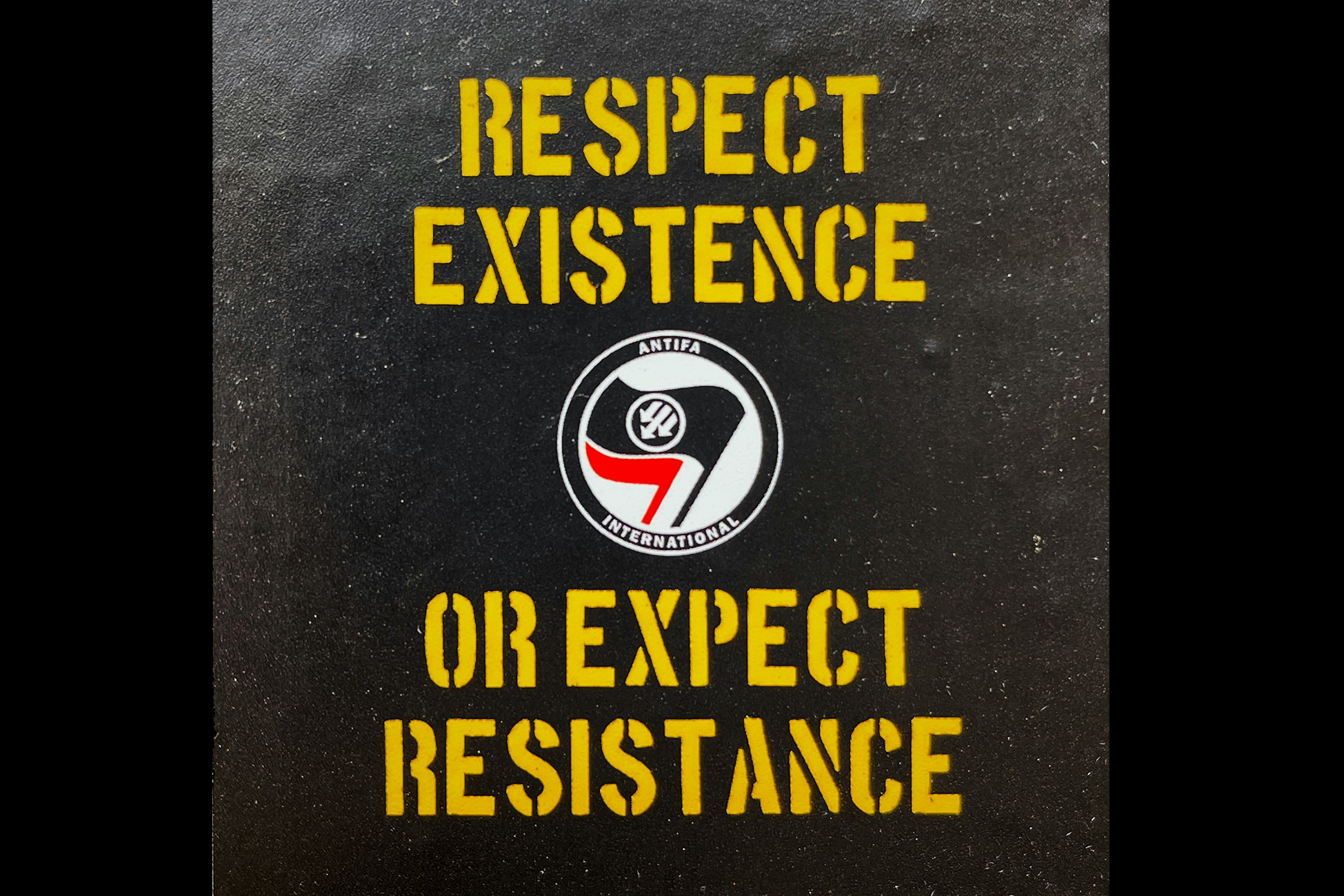Regarding < this interview in the New Yorker>: A response. As I know from being a reporter (and as opposed to the myth we all had agendas), all I had to do was let someone talk and then print a transcript. They showed their moral bankruptcy or stupidity or cupidity themselves without help. This reporter…
Tag: Questions
What is Antifascism?
Antifascism, often abbreviated as “antifa,” is a political movement and ideology that opposes fascist ideologies, groups, and individuals. Antifascists advocate for a broad range of social and political actions to counteract the rise and influence of fascist movements and authoritarianism. Here are key aspects of antifascism: Antifascism is not a homogenous movement and includes a…


